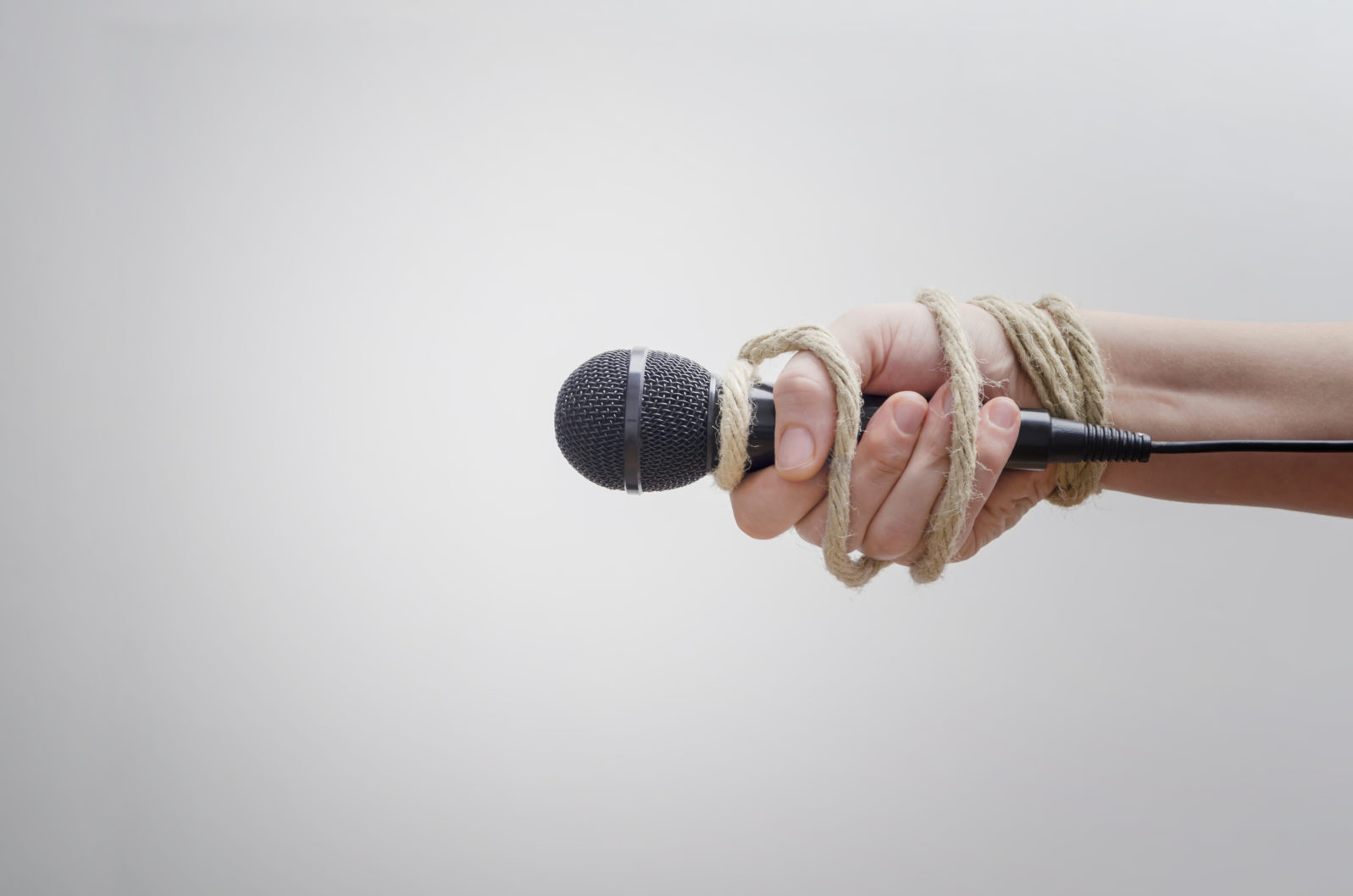Newsletter Group Creates Alarm Plus Demands for Censorship
Substack is getting a lot of ink these days — raising both hope from readers and hand wringing from old mediaThe traditional media our parents grew up with are slowly dying in a chronic low-ratings crises — but surprising new media are being born. Substack is getting a lot of ink these days — raising both hope and handwringing. Its very existence shows how information is rapidly changing.
At Substack, an online subscription newsletter system founded in 2017, tech guys Chris Best and Hamish McKenzie point out bluntly that the “New York Times” model of information is doomed:
Today, as a result of a mass shift of advertising revenue to Google and Facebook, the news business is in crisis. The great journalistic totems of the last century are dying. News organizations—and other entities that masquerade as them—are turning to increasingly desperate measures for survival. And so we have content farms, clickbait, listicles, inane but viral debates over optical illusions, and a “fake news” epidemic. Just as damaging is that, in the eyes of consumers, journalistic content has lost much of its perceived value—especially as measured in dollars.”
Chris Best and Hamish McKenzie, “A better future for news” at Substack (July 17, 2017)
Straw in the wind: Commentator Bari Weiss, who was brought on board at the New York Times to broaden the horizons of readers, resigned in 2020 because the newsroom revolted against more diverse commentators. She is currently a prominent Substacker.
Substack has generated a surprising amount of angst (along with demands for censorship):
Some of the uproar is, of course, the conventional gripes and grievances of competing business interests that seek to be elevated to a cause. For example, traditional media types gloat over Substack’s hoped-for fall:
A number of prominent Substack authors have left the platform in response to revelations that it paid advances to several controversial writers, while some writers with long histories of anti-trans work are thriving. “Over the past several months, I had watched as the platform morphed into a haven for online transphobia, and when I hit my limit, I hit it hard,” wrote Jude Ellison Sady Doyle, who announced they were leaving the platform last week.
Alex Shephard, “What Is Substack?” at New Republic (March 19, 2021)
It’s not hard to smell the glee. Others have smelled it too:
Judging by the panicked language that they so often use to describe the industry’s parvenus, traditional media figures seem to be horrified by the mere existence of venues over which they are unable to exert control. Tali Arbel, an AP tech writer, worried earlier this year that “Apple and Google” had “left open a major loophole” for unapproved speech: “Podcasts.” (Just wait until Arbel finds out about bars!) Writing last month about the voice-chat app Clubhouse, the New York Times’s digital-gossip columnist Taylor Lorenz fretted wildly about its “freewheeling and unpredictable” nature, which Lorenz complained, was leading to users having “unconstrained” and “unfettered conversations.” At Poynter, meanwhile, Cristina Tardáguila and Harrison Mantas griped that, because Clubhouse does not keep recordings for their benefit, “there’s no path to accountability” and “no way to prove that someone said anything controversial at all.”
Charles C. W. Cooke, “The Hand-Wringing Media Freak-Out over Substack” at National Review (March 19, 2021)
So far as I know, in the United States, that concept is commonly referred to as the First Amendment to the Constitution (which includes freedom of the press). In plain terms, it includes the right to make an ass of oneself. That is not, of course, its purpose.
The First Amendment has historically been a protection for journalists, not a threat. So what has changed?
What has changed is the Google model: Almost everything is free but Google absolutely rules.
Information is “free” from Google because it is harvesting your data and compiling a detailed profile of you that will be used to control your news and sell you things.
Substack, by contrast, is a monthly fee-for-service for the newsletter you choose, similar to the old-fashioned magazine subscription your grandparents knew. As in Cancel my subscription! if the content grossly violated Grandma’s standards.
Which method of information delivery, do you think, can exercise more unaccountable power over you?
How the controversies over Substack develop will tell us a lot about the future of free flow of information.
Note: One of the purposes of Substack was to enable freelance writers to make a better living by communicating directly with readers. As a longtime business instructor for writers and editors, I am familiar with the issues and hope it works.
—
You may also wish to read: Why did the publishing industry go to war against books? Readers need to know how things have changed. For various reasons, traditional publishers today are trying to dump controversial books instead of profiting from their sale.
